Flourishing underwater garden of Colombo Port City reflects China's green footprint in Sri Lanka
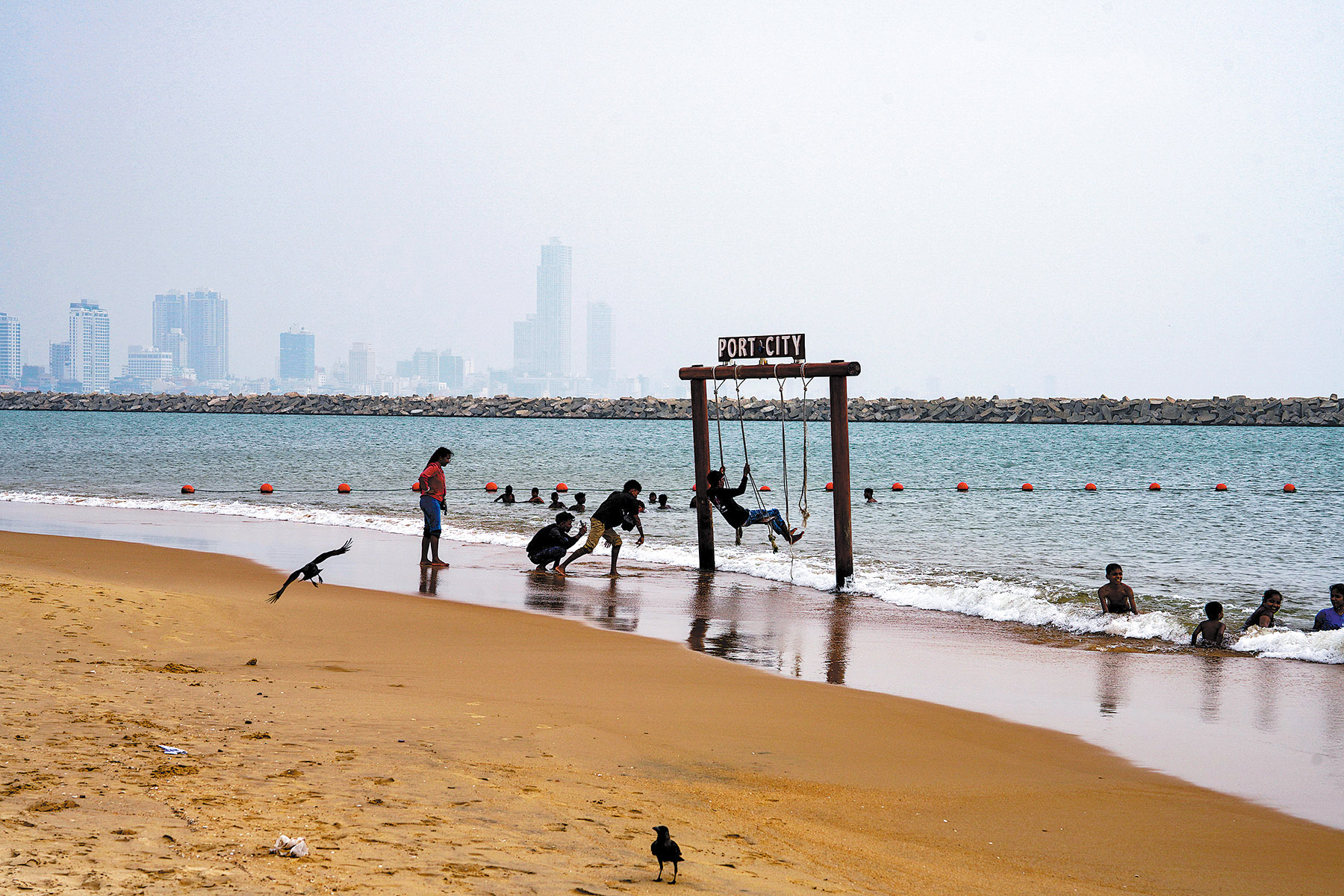
The 3.7-kilometer breakwater of Sri Lanka's Colombo Port City, stretching out like an arm to embrace the coastal area from high above, also resembles a flourishing garden teeming with corals and fish when viewed from underwater.
Piyal de Silva, a 60-year-old former commander of the Sri Lankan Navy, runs a diving school called "Coral Wall" inside the port city. A diving enthusiast from young, Piyal first discovered the thriving marine ecosystem in 2019.
Back then, as a major project under the Belt and Road Initiative, the Colombo Port City just completed its land reclamation. Diving nearby one day, Piyal discovered that coral was spreading and growing on the blocks of the breakwater.
READ MORE: Sri Lanka tourism rebound to gain traction
He said Sri Lanka's coral reefs had been significantly affected by ecological degradation, making it rare for him to encounter such a large coral reef in the area in recent years.
"I felt surprised and excited to discover the coral, and I was sure a large and beautiful coral reef would grow here in a few years," he said.
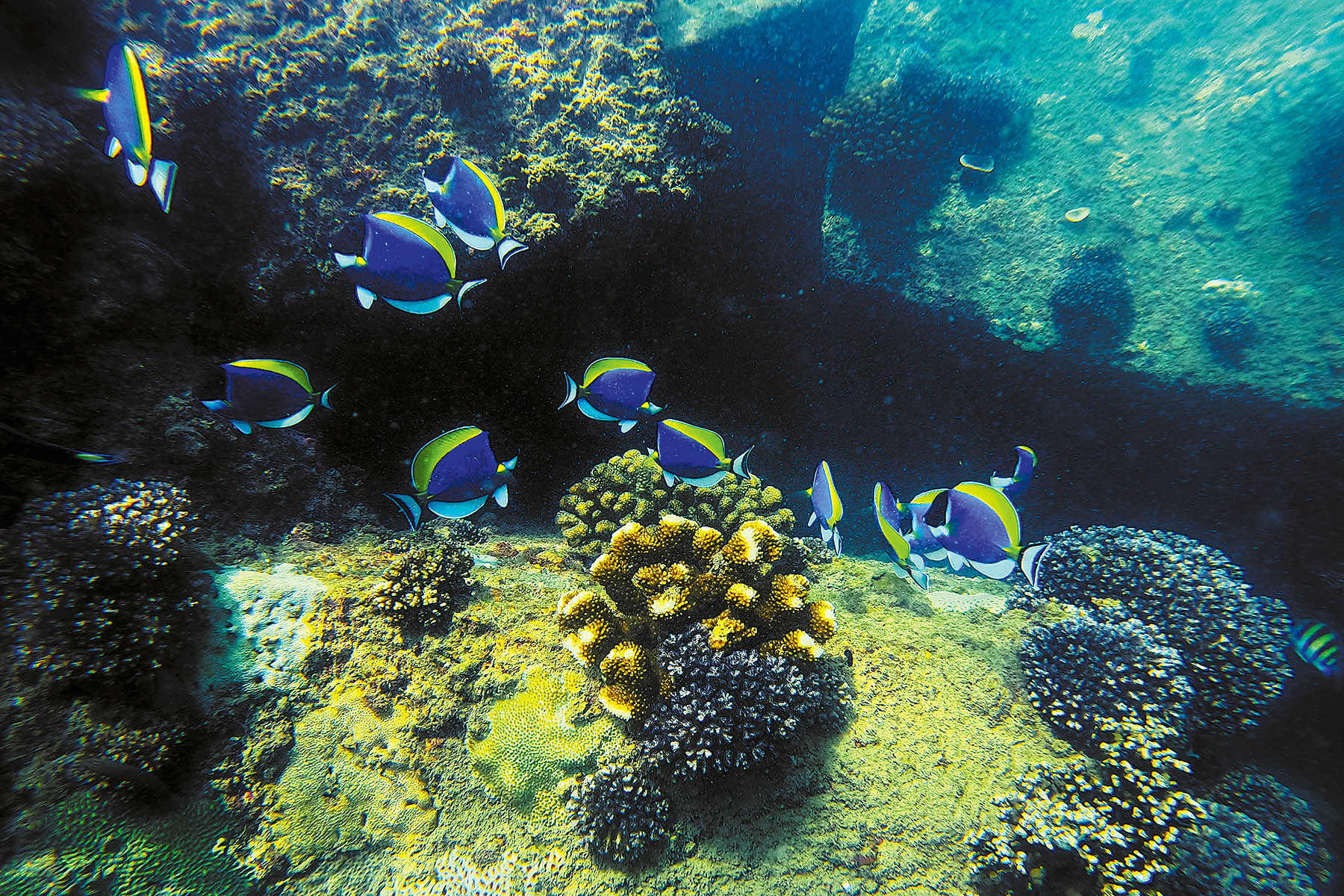
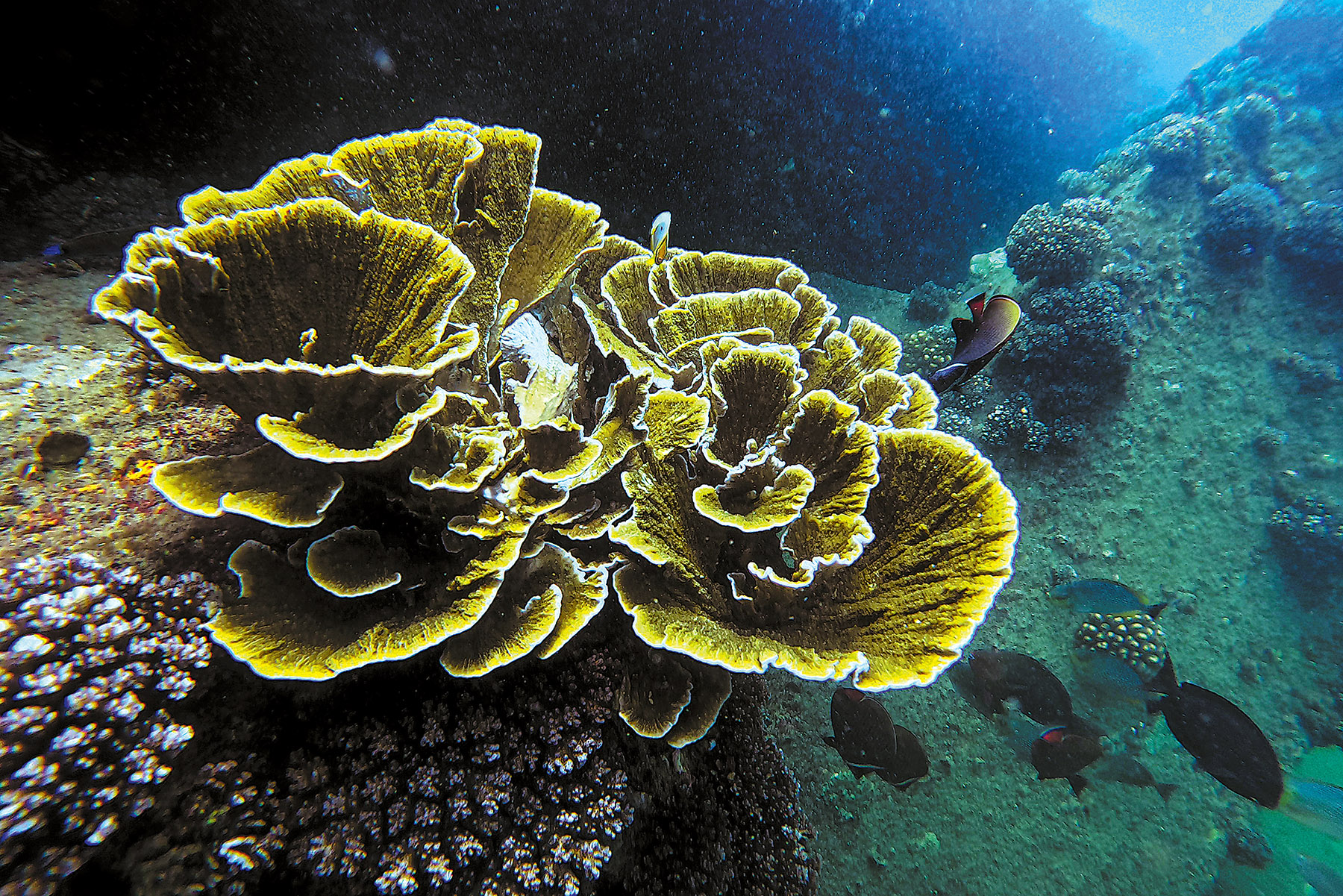
After Piyal told the port city about his discovery and coral nursery plan, the authorities gave immediate support by providing all the needed materials. They also invited experts from the Chinese Academy of Sciences to conduct underwater surveys and guide coral cultivation.
In June 2023, experts from the South China Sea Institute of Oceanology, Chinese Academy of Sciences, and international academic institutions such as Sri Lanka's University of Ruhuna, conducted a joint workshop and field survey of the coral reefs.
The results showed that the breakwater area contained 73 coral species, with an average coverage of 24.36 percent and a maximum coverage of 60 percent in some areas. A total of 114 fish species, including endangered ones like the humphead wrasse, were also found in the area.
Corals have specific ecological requirements and the project under the China-proposed BRI has created favorable conditions for their growth in Sri Lanka, according to experts.
They believe that the breakwater's unique design, improved through Chinese technology, provides an ideal surface for coral attachment. Its stepped structure creates varying water depths, allowing corals to thrive under suitable conditions of depth and light.
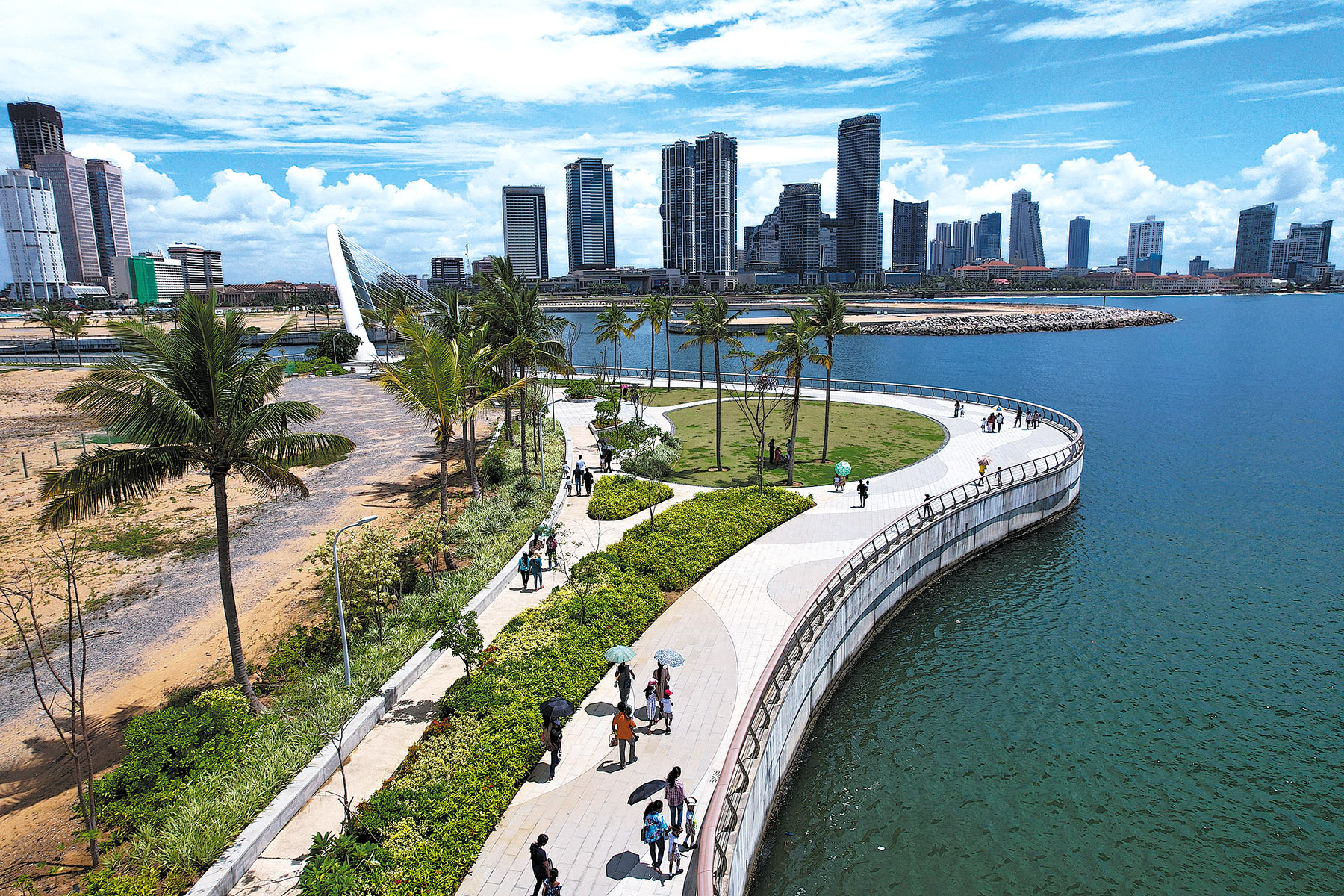
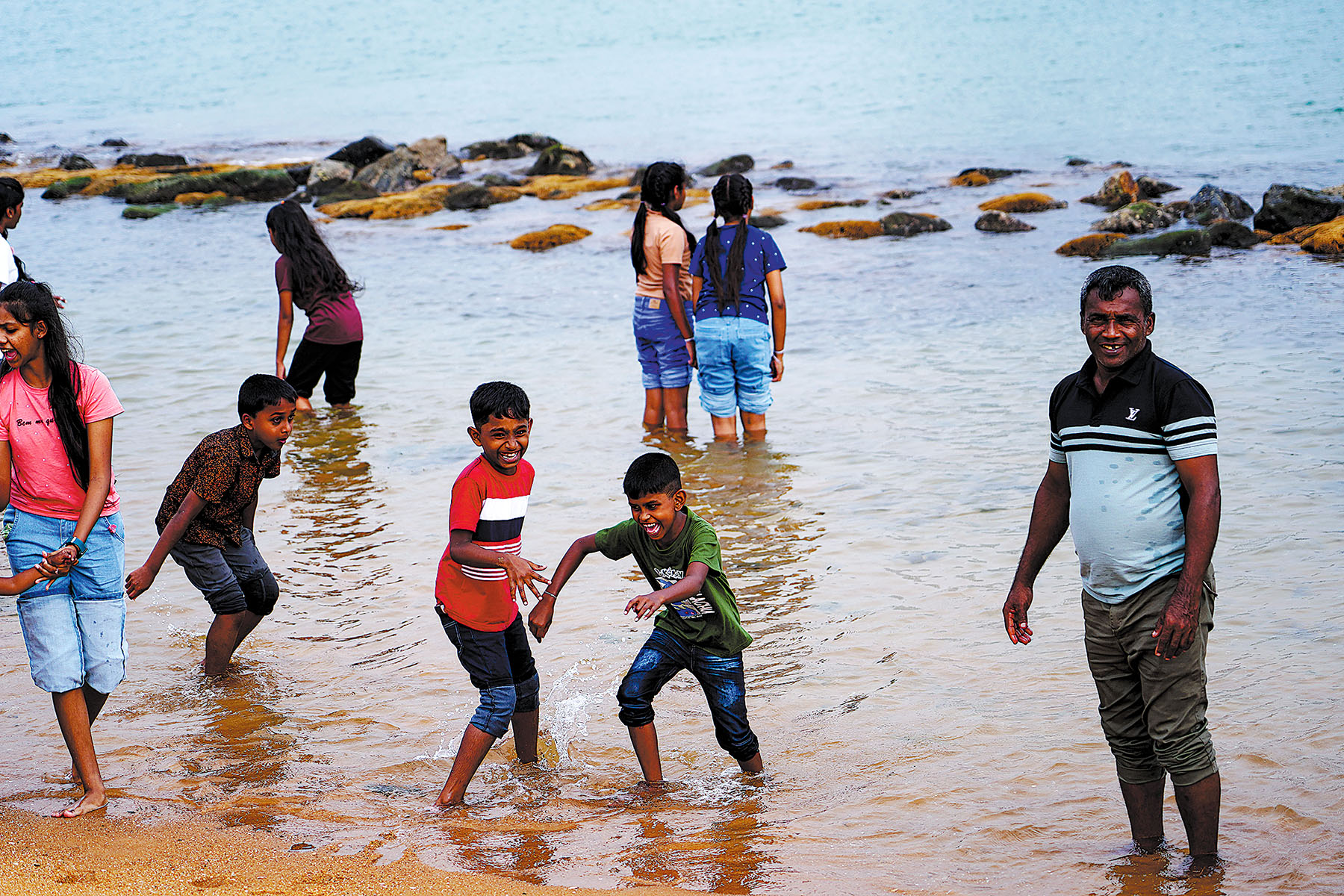
After multiple studies using digital and physical models, the design of the port city can achieve a complete renewal of the internal and external water areas every 10 days. The flow of water can draw in nutrients and oxygen, preventing the long-term accumulation of pollutants at high concentrations.
Since 2024, Colombo Port City has collaborated with Chinese and Sri Lankan research institutions to further enhance the underwater garden, including adding 68 coral nursery groups, cultivating over 5,000 coral plants, and organizing open days and marine conservation volunteer activities to continuously enhance the research and conservation efforts for coral ecosystems in Sri Lanka.
It has been a decade since construction began on Colombo Port City, which is now evolving into a vibrant new town. The development spans an area about the size of 377 standard soccer fields reclaimed from the sea, featuring landmarks such as the marina, pedestrian pathways, and the marina footbridge, which have all become popular entertainment destinations for the people of Colombo.
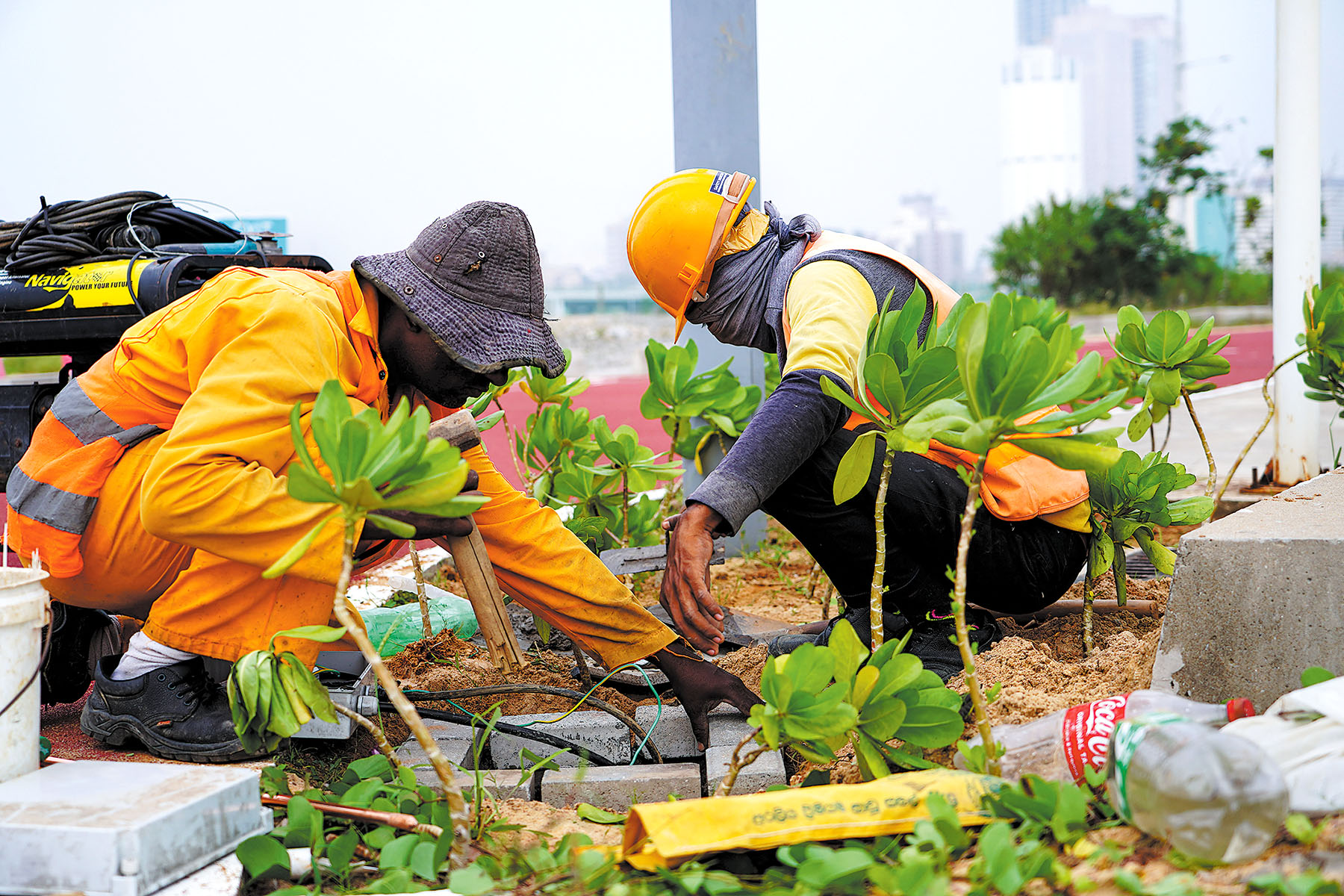
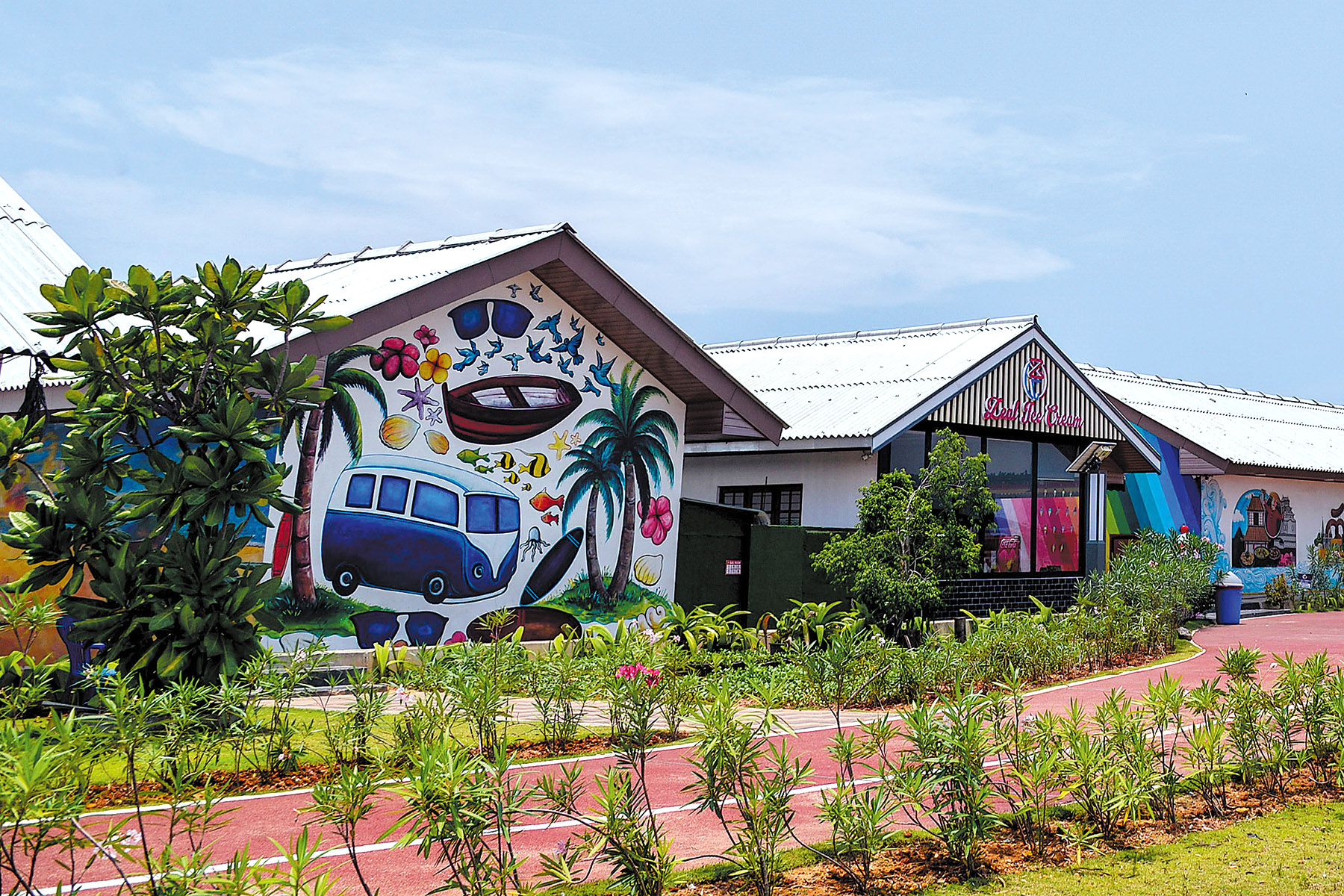
Local children often spot Piyal, who feeds fish every morning and gathers the young residents in front of his "Coral Wall" to share stories about the underwater garden.
Zhao Lei, general manager of the project management department in the CHEC Port City Colombo (Private) Limited, said that the port city's design phase established the overall goals of environmental protection, energy conservation, material savings and emission reduction. Through third-party professional institutions' full-process environmental assessment, it has recorded "zero pollution and zero accidents".
ALSO READ: Chinese tourists get set to enjoy Sri Lanka's attractions
"The port city will continue to actively assume ecological responsibility for underwater afforestation and build a smart, livable, and environmentally friendly city of the future," Zhao said.
"I have always been a practitioner of building a maritime community with a shared future. Thanks to the Chinese standards, technologies and solutions adopted by the port city project, outstanding contributions have been made to the protection of Sri Lanka's marine biodiversity and ecological environment," Piyal said.


